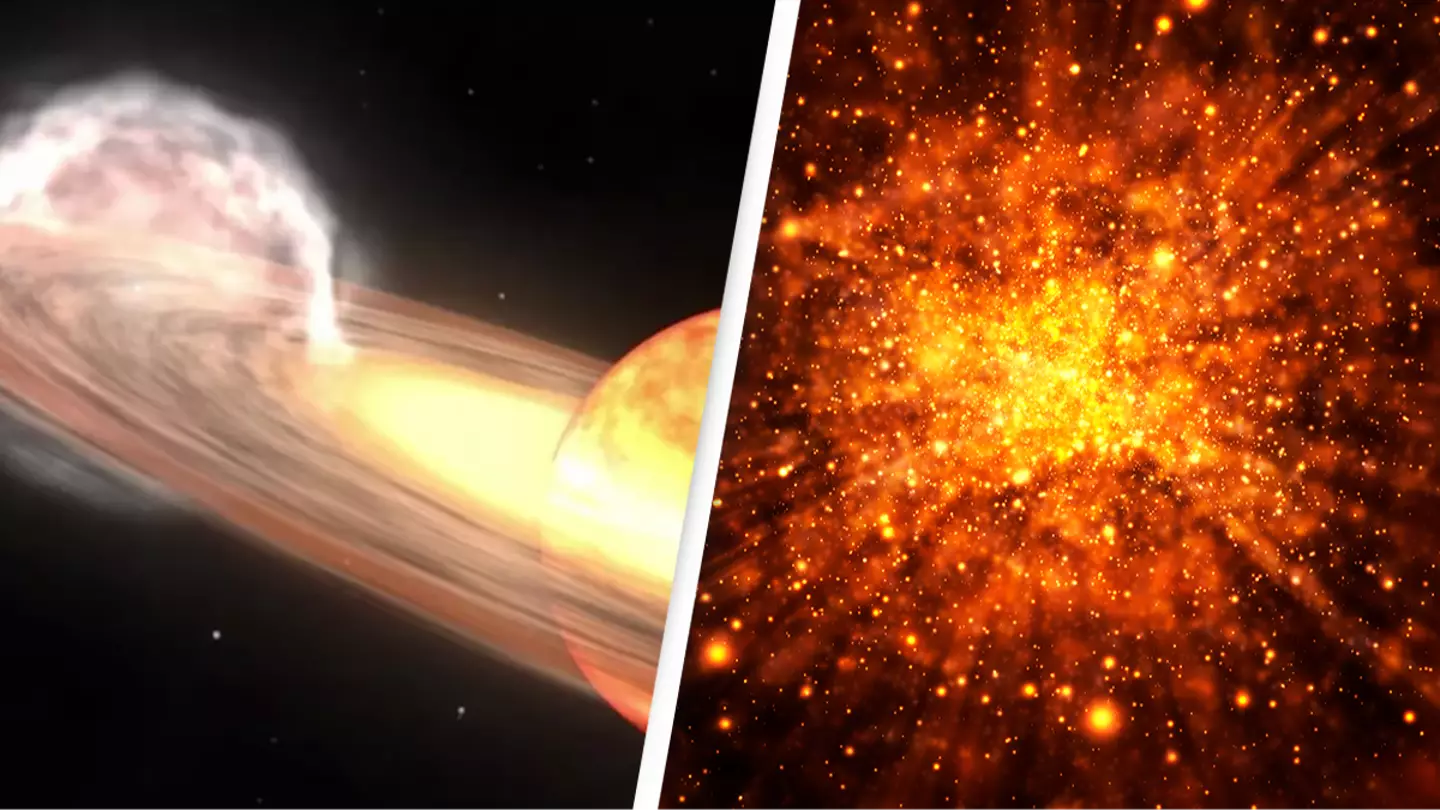
How to see ‘once-in-a-lifetime event’ as star is due to explode over US this week
Incredible scenes could take place over much of North America as one astronomer says 'it’s incredibly exciting to have this front-row seat'
 Joe Yates
Joe Yates
Joe is a journalist for UNILAD, who particularly enjoys writing about crime. He has worked in journalism for five years, and has covered everything from murder trials to celeb news.
@JMYjourno